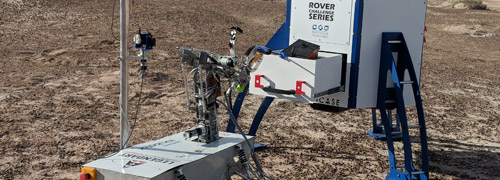 Community
Community
Over 14,000 customers around the world complete their projects faster by using Protocase to manufacture their custom electronic enclosures and parts.
Customer Spotlight
When Jerry Whitaker says his love of audio goes deep, he really means it.
It was 49 years ago – back in 1972 – when Whitaker first got involved in radio, when he worked
at KERS-FM, California State University’s campus radio station. That led to many jobs in radio,
including chief engineer of an AM/FM station in Eureka, California, where he was tasked with
rebuilding the AM station and putting the FM station on air. From there, he worked as editor of
the trade magazine Broadcast Engineering, and writing many books (more than 30!) on radio and TV
engineering.
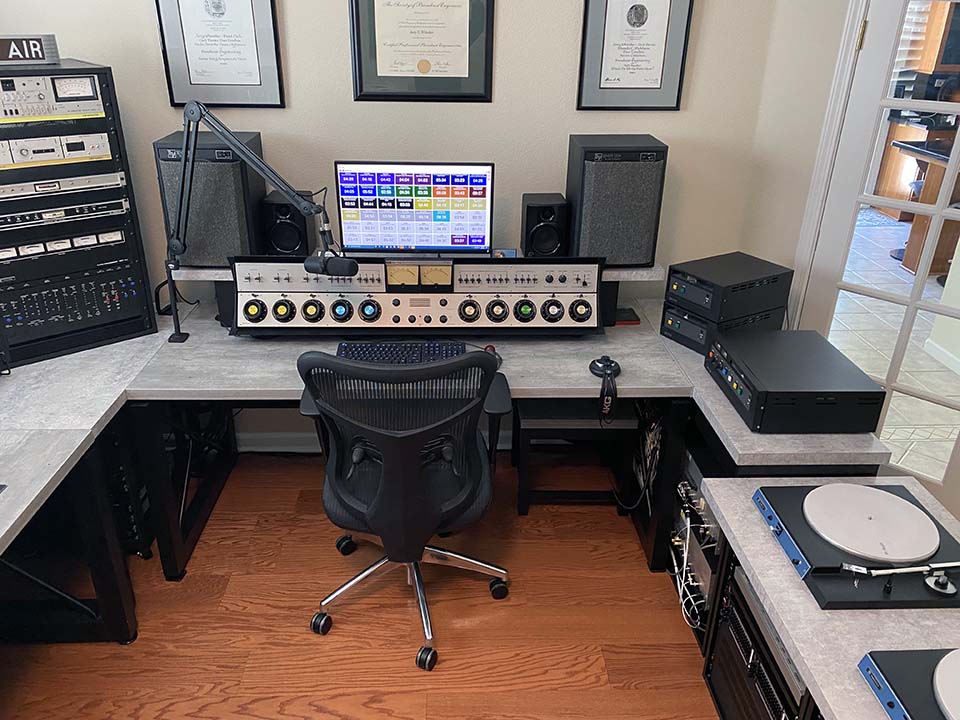
In 2000, Whitaker joined the Advanced Television Systems Committee (ATSC) as Vice President for
Standards Development, a role he still holds today.
But it was only in 2008, when a book publisher approached Whitaker to work on an audio book,
that rekindled his love of vintage radio equipment.
“That brought me back full-circle, and I began building vacuum tube amplifiers and later
restoring vintage Heathkit test equipment and broadcast hardware,” he explains.
In those early days of building audio amplifiers, Whitaker put in a lot of manual labour,
producing the metal chassis he needed by producing a drill pattern showing the positions and
sizes of all of the cutouts required on the chassis, printing the drawing at full scale,
affixing the pattern to the chassis and using a drill press and Greenlee punches to make the
cutouts.
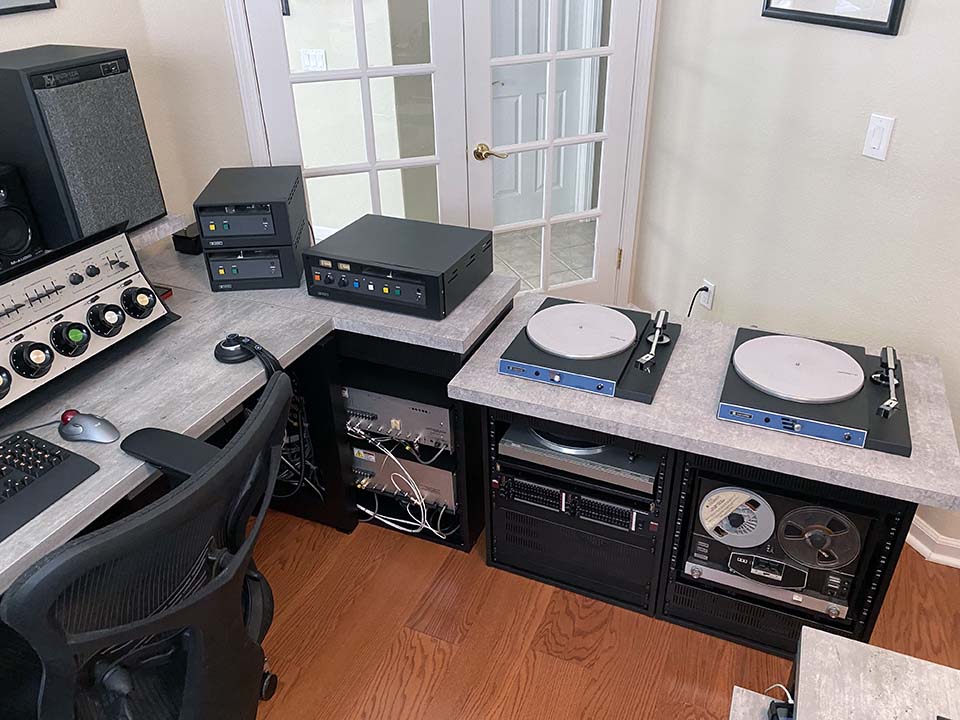 "That [process] worked reasonably well, but I was limited in the scope of the work that was
practical,” says Whitaker. “It was very time consuming and subject to some amount of
error.”
"That [process] worked reasonably well, but I was limited in the scope of the work that was
practical,” says Whitaker. “It was very time consuming and subject to some amount of
error.”
Working with a local sheet-metal shop turned out to be unsuccessful too, as those shops had
minimum-order commitments that just didn’t match what the one-off pieces Whitaker needed.
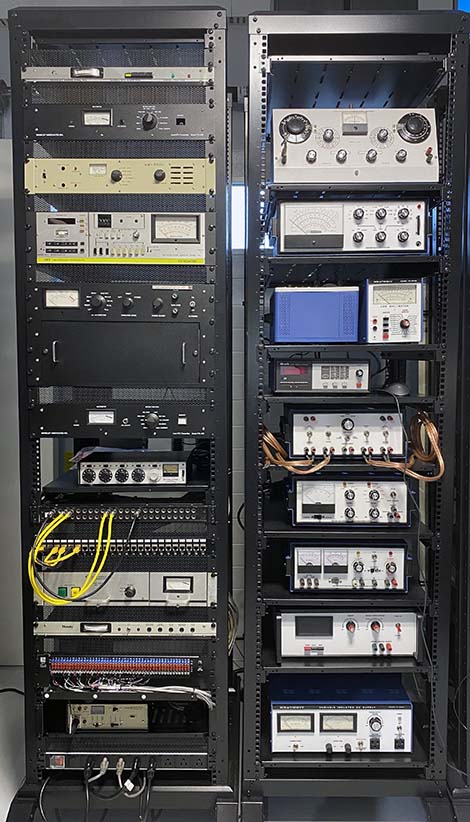 Everything changed for Whitaker when he discovered Protocase Designer in 2016. By starting from
one of Protocase Designer’s enclosure templates, doing precise measurements, placing
cutouts and other features accurately and customizing the look to exactly what he needed,
Whitaker had found the CAD software that fit perfectly with what he needed to do.
Everything changed for Whitaker when he discovered Protocase Designer in 2016. By starting from
one of Protocase Designer’s enclosure templates, doing precise measurements, placing
cutouts and other features accurately and customizing the look to exactly what he needed,
Whitaker had found the CAD software that fit perfectly with what he needed to do.
“The ability to go into Protocase Designer and do precise measurements was really
important. I could technically do that in Illustrator or AutoCAD, but those aren’t really
optimized for what I needed to do,” he explains. “They have a lot of bells and
whistles that just kind of get in the way for me. What I needed was something that focused on
making electrical panels and chassis, not designing homes and skyscrapers.”
Whitaker started by building completely new gear, including vacuum tube amplifiers, pre-amps,
AM/FM tuners. While challenging in their own right, building a brand-new piece of gear offered
some flexibility to the layout options. Refurbishing vintage gear, on the other hand, brought
with it different challenges.
“When you’re refurbishing something, you’re limited to what already exists in
terms of the layout,” says Whitaker. “It has to be duplicate rather closely, not
necessarily precisely, but if it’s not right, it’s just going to end up as scrap
metal.”
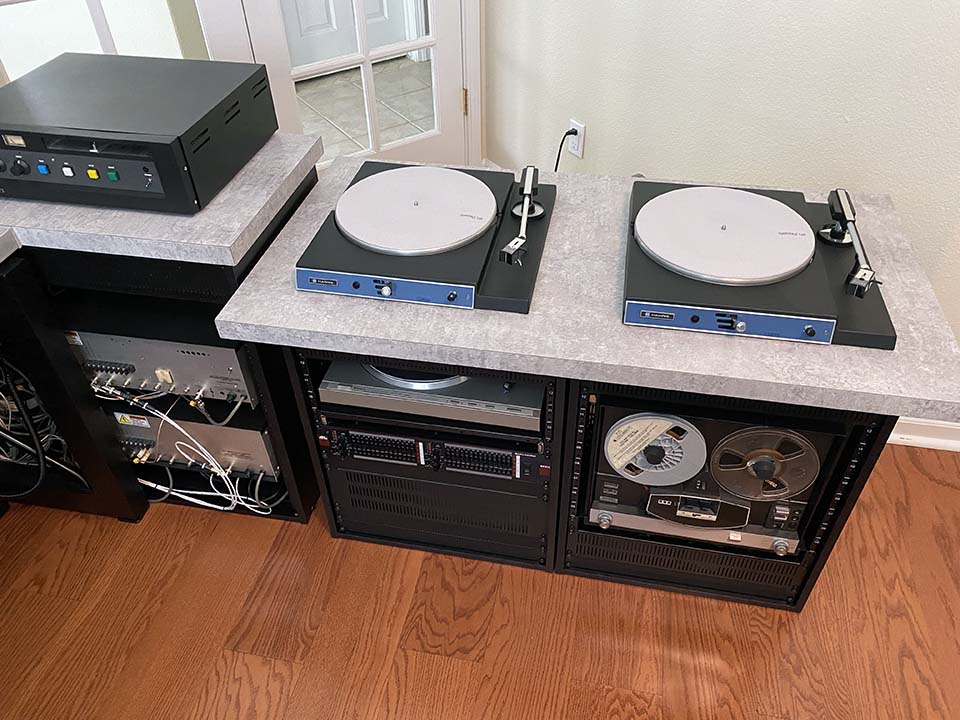 There is one major refurbishing project that’s held Whitaker’s focus for the past
three years – a complete 1970s-era radio studio. This project recreated all of the
essential elements of the station Whitaker built in 1979 when he worked as Chief Engineer for
KRED-AM and KPDJ-FM in Eureka, CA. The project started when Whitaker, during a chance visit to
eBay, spotted a Gates Executive Audio Console – the exact type of console used at the
radio station in the 1970s – for sale. Once he purchased and rebuilt the console, he moved
on to purchasing and building every other piece of the FM studio – with one exception.
There is one major refurbishing project that’s held Whitaker’s focus for the past
three years – a complete 1970s-era radio studio. This project recreated all of the
essential elements of the station Whitaker built in 1979 when he worked as Chief Engineer for
KRED-AM and KPDJ-FM in Eureka, CA. The project started when Whitaker, during a chance visit to
eBay, spotted a Gates Executive Audio Console – the exact type of console used at the
radio station in the 1970s – for sale. Once he purchased and rebuilt the console, he moved
on to purchasing and building every other piece of the FM studio – with one exception.
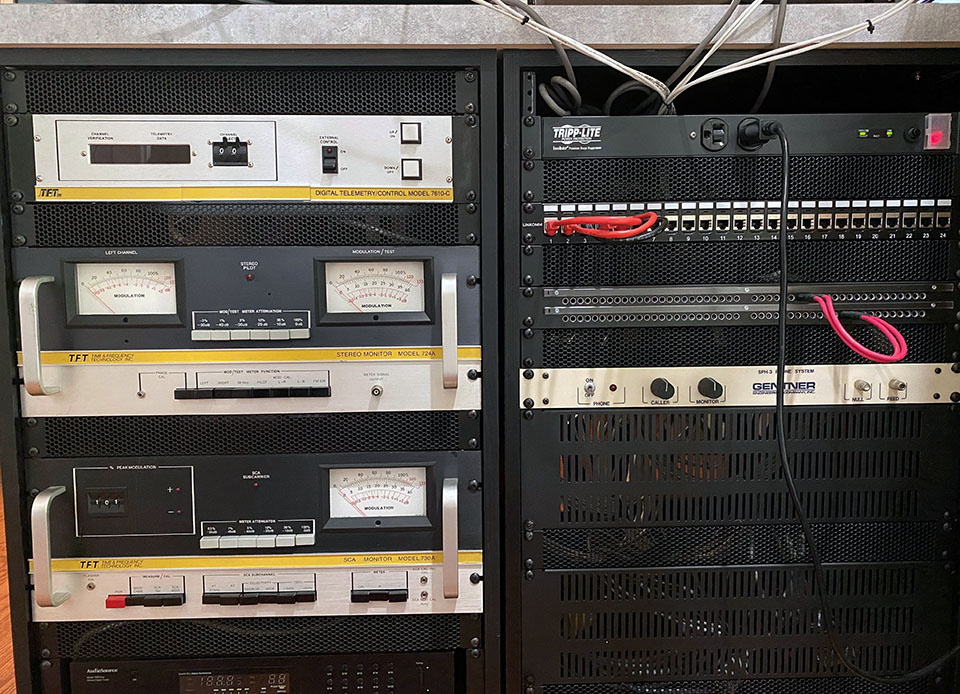 “The only piece of equipment that I do not have is a high-power FM transmitter.
That’s problematic since a 20 kW FM transmitter is big, heavy, and has specialized ac
power requirements. Still, I haven’t given up on acquiring a transmitter, although I could
never power it up,” he says, laughing.
“The only piece of equipment that I do not have is a high-power FM transmitter.
That’s problematic since a 20 kW FM transmitter is big, heavy, and has specialized ac
power requirements. Still, I haven’t given up on acquiring a transmitter, although I could
never power it up,” he says, laughing.
Whitaker is proud of accomplishing his goal of building a fully restored 1970s radio studio that
fully works, along with the other audio vintage pieces he’s recreated. Between his
restoration work and his official work at ATSC, Whitaker shows no sign of slowing down.
“The ‘day job’ and the ‘hobby job’ provide a good combination that
keeps things interesting. For me, it’s a combination of cutting-edge RF/video/audio
technologies at ATSC with vintage technologies at WhitakerAudio. It’s a good
balance.”
“Without Protocase and Protocase Designer, I wouldn’t have done the things that
I’ve done so far,” he sums up. “I’m quite confident of that.”
